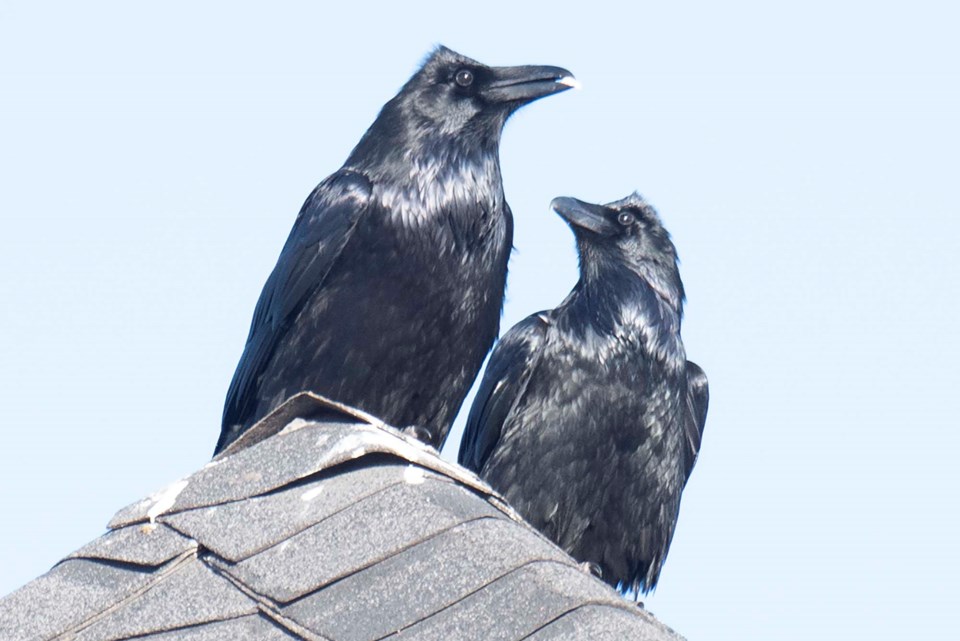A new study suggests that birds that migrate tend to have lighter-coloured feathers than those that do not.
Kaspar Delhey of Germany’s Max Planck Institute for Ornithology co-authored a study in Current Biology last week on the link between bird migration and feather lightness.
In an email interview, Delhey said he and his team decided to study this link after reading a study on how a reed warbler and a snipe flew much higher during the day than at night. That study had guessed the birds did so to cool off and avoid overheating. Delhey’s team had previously found that birds tended to have lighter feather colours in hot, shade-free areas, and hypothesized that the lighter colours could help birds stay cool. This suggests that lighter-coloured feathers could also help migratory birds cool off.
Delhey’s team tested this theory by ranking the plumage lightness (on a scale of 0/black to 100/white) of every bird pictured in the Handbook of the Birds of the World (which includes all known bird species) and comparing them to the distance each bird migrated.
After controlling for climate, habitat structure, and body size (all of which can affect colour), they found that resident/non-migratory birds were on average darker than short-distance migrants, who were in turn much darker than long-distance migrants — the longer the migration, the lighter the colour. Bigger species tended to be darker, while species in warm, dry environments with open vegetation were lighter.
Delhey said the team thinks migrants might be lighter in colour because lighter-coloured feathers absorb less light and heat, reducing the risk of overheating during migration.
“Together with the changes in flight altitude between night and day already described, this could mean that thermoregulation during migration may be an important selective factor in migratory birds.”
Royal Alberta Museum ornithology curator Jocelyn Hudon said this was an interesting, non-obvious discovery, and was impressed with how it held true over many species.
“There are other patterns related to plumage darkness,” he noted, such as Gloger’s Rule, which states that the darker and more humid the environment, the darker the bird.
Delhey said this suggests global heating could eventually lead to lighter-coloured migratory birds. In the near term, higher temperatures could force darker migratory birds to fly mainly at night or higher up to stay cool.
“Unfortunately, these responses will entail costs, which means that darker migratory species could have lower survival, potentially leading to population declines,” Delhey said.
The study is available in the Dec. 6 issue of Current Biology.




